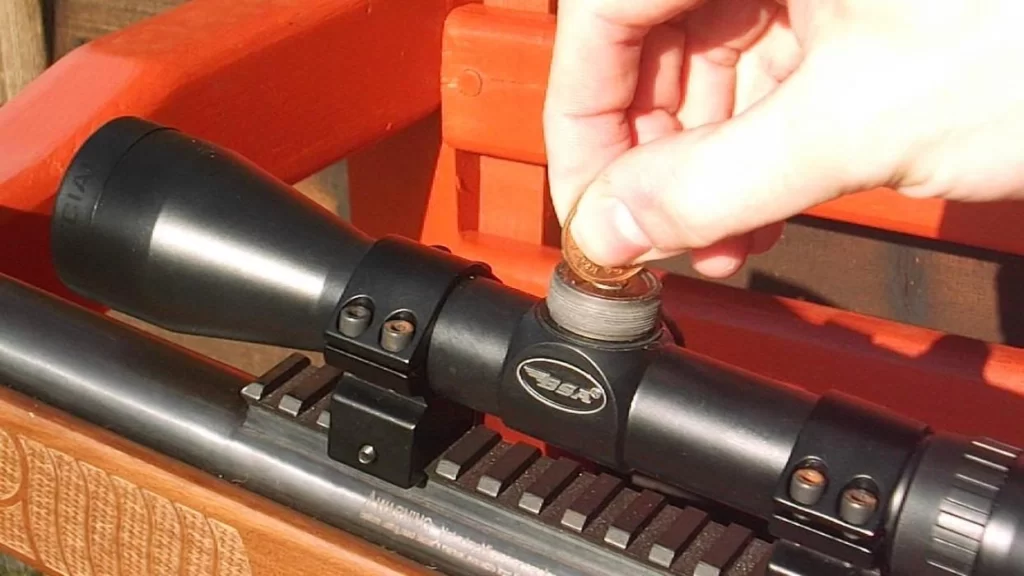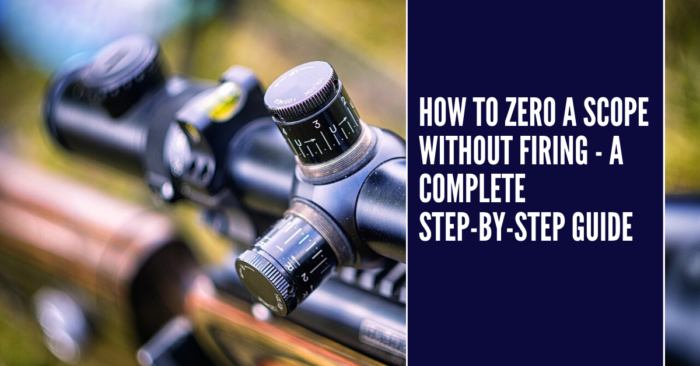How To Zero A Scope At Home

Accuracy is paramount. Learn to zero your scope at home and guarantee precision on your next range visit.
This guide will equip you with the essential knowledge to zero your rifle scope effectively from the comfort of your home, saving you time and ammunition at the range.
Understanding the Basics
Before you start, familiarize yourself with your scope's adjustments. These are typically located on the turrets, marked for elevation (up/down) and windage (left/right).
MOA (Minute of Angle) and MRAD (Milliradian) are the common units of measurement used on scope turrets. Understanding which your scope uses is crucial for accurate adjustments.
You'll also need a stable shooting platform. This could be a bench rest, bipod, or sandbags.
Essential Equipment
Aside from your rifle and scope, you will require a few key items. Targets are obviously essential.
A bore sight or collimator will significantly expedite the process, though it’s not mandatory. A measuring tape and a notepad are also needed.
You'll also need the correct ammunition for your rifle. Ensure it’s consistent and of good quality.
The Process: Bore Sighting
Bore sighting is the first step in getting your scope close to zero. This is done by visually aligning the rifle's bore with the target.
Remove the bolt from your rifle. Look through the bore at a target approximately 25 yards away.
Adjust your scope's turrets until the crosshairs align with the same point on the target. This gets you in the general vicinity.
Fine-Tuning with Live Fire
After bore sighting, it's time to fine-tune your zero with live fire. Set up a target at your desired zero distance (typically 100 yards for rifles).
Fire a 3-5 shot group. Analyze the group's location relative to the bullseye.
Measure the distance between the center of your group and the center of the bullseye. Use this measurement to calculate the necessary adjustments on your scope turrets.
Calculating Adjustments
The amount you need to adjust your scope depends on the distance to the target and the MOA or MRAD value of your scope's clicks. Consult your scope's manual for this information.
For example, if your group is 2 inches low and 1 inch right at 100 yards, and your scope has 1/4 MOA clicks, you would need to adjust your elevation turret up 8 clicks (2 inches / 0.25 MOA per click) and your windage turret left 4 clicks (1 inch / 0.25 MOA per click).
Make these adjustments and fire another 3-5 shot group. Repeat this process until your group is centered on the bullseye.
Addressing Parallax
Parallax is the apparent movement of the reticle in relation to the target when your eye is not perfectly centered behind the scope. This can affect accuracy.
Scopes with adjustable objectives (AO) or side focus allow you to correct for parallax at different distances. Adjust the AO or side focus until the image is clear and the reticle does not appear to move when you move your head slightly.
Not all scopes have this feature. If yours doesn't, parallax is usually set at a fixed distance.
Documenting Your Zero
Once you have achieved a consistent zero, record the settings on your scope. Note the date, location, and ammunition used.
This information will be invaluable for future reference and for verifying your zero after any scope adjustments or changes in ammunition. Keep a detailed log book.
You should also re-zero your scope periodically, especially after any significant bumps or changes in temperature.
Common Mistakes
One common mistake is not using a stable shooting platform. This can introduce inconsistencies in your shots and make it difficult to diagnose accuracy issues.
Another mistake is using inconsistent ammunition. Different brands and loads can have different points of impact.
Failure to properly mount and secure the scope can also lead to shifting zero. Ensure all screws are torqued to the manufacturer's specifications.
Final Considerations
Zeroing a scope at home requires patience and attention to detail. By following these steps, you can achieve a consistent and accurate zero, improving your shooting performance.
Remember to always practice safe gun handling procedures. Only load your rifle when you are ready to fire at a safe target.
Regular practice and verification of your zero are essential for maintaining accuracy. Consider attending a professional shooting course to further refine your skills.




![How To Zero A Scope At Home How to Zero a Rifle Scope at 100 Yards [5 Easy Steps]](https://shootingmystery.com/wp-content/uploads/2021/03/How-to-Zero-a-Rifle-Scope-at-100-Yards.jpg)












